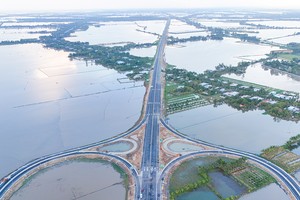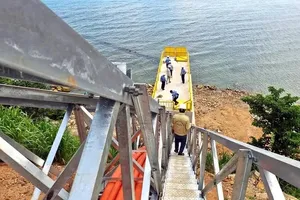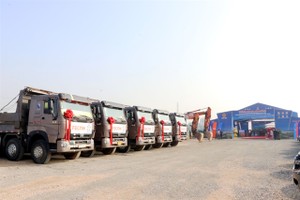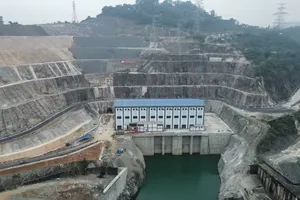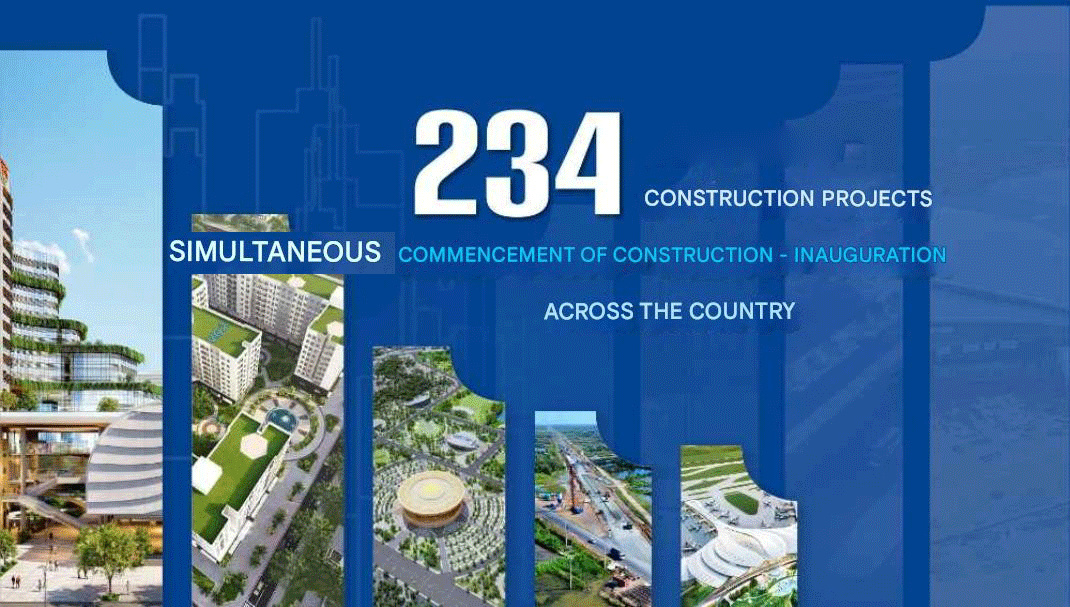
According to the World Bank’s report, the expenses for logistics services accounted for 20.9 percent of Vietnam’s gross domestic product (GDP), of which transportation costs amount to 59 percent relatively high compared to other countries in the world.
Therefore, reducing logistics costs generally and transport charges particularly are urgent and meaningful in improving Vietnam’s competition ability in developing economy.
One of main discussion is that improper transportation in which Vietnam has not brought into play the advantage of modes of transport. Road transport with high cost accounts for 77.20 percent of market share while cheap transport modes such as river transport or sea transport just account for 17.14 percent and 5.22 percent respectively, worse railway transport just accounts for 0.42 percent and air transport of at 0,02 percent.
For instance, the road shipping costs of a 40 feet container from Hanoi to Ho Chi Minh City (excluding loading and unloading costs) is estimated to cost 40 million VND (1,762 USD), 9.7 times higher than that of sea routes and 2.5 times higher than that of railways.
One of the cause of the high costs of road transportation is too much investment in road transport, Deputy Minister of Transport Nguyen Van Cong said.
In the period 2011 -2015, total investment for road transport was VND299,115 billion ($13.1 billion) accounting for 89,93 percent. Another cause was if overloaded vehicles to compete with others “ contorted” transport market leading to road transport making up high market share. Meantime, other transports seen weak in the competition because they received little investment.
One more thing is that transport market is not transparent. Transport companies don’t directly work with owners of commodities but through agents.
To reduce logistics costs and enhance competition ability, the Ministry of Transport said it will re-structure domestic transport market by reducing shares of road transport and increase shares of railway and river transport. Of which, the market share of road transport by 2020 will be 54.4 percent while railway and river transport will be 4.3 percent and 32.4 percent.
In addition, the Ministry of Transport said it is necessary to invest in building a national expressway network to ensure effective connectivity to industrial parks, key economic centers, border gates, seaports, railway stations, and inland water ports between Vietnam and Laos, Cambodia, Thailand and the south of China as well as build logistic centers near international airports Noi Bai, Tan Son Nhat, Da Nang, near ports like Cai Mep – Thi Vai in the southern province of Vung Tau and Lach Huyen in the northern province of Hai Phong.
Especially, the ministry will encourage transport enterprises to use trade floor to connect transport companies and increase its transparency of the market.
Prime Minister Nguyen Xuan Phuc said the logistic cost in Vietnam is high when it accounts for 20.9 percent of the country’s GDP because of lack of connectivity. Hence, he stressed that enterprises, local governments, and ministries must work out a plan to reduce cost by 2020.
First of all, there should be regulation of logistics, raise people’s awareness of logistic cost and invest more in infrastructure and connect modes of transport in a bid to cut cost.
The Prime Minister emphasized that logistic is one of 12 important sectors which ASEAN Economic Community takes heed to; accordingly, the country will lose the chance if all sectors do not take part in reducing the cost.



